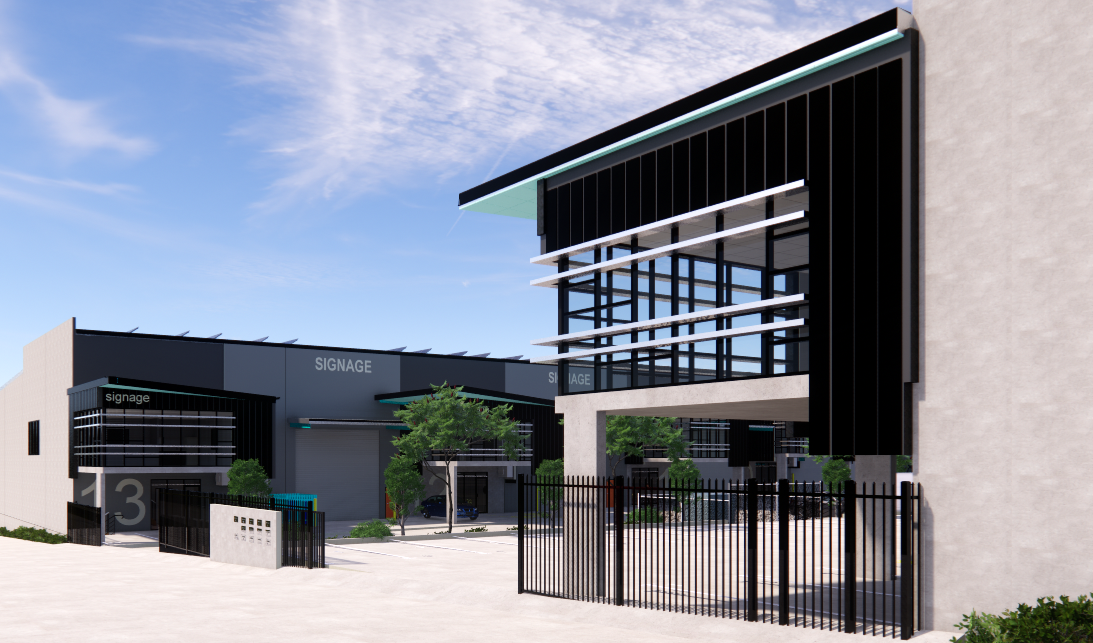Sustainability in building design is fast becoming an accepted and expected design and construction practice. It is a widely acknowledged fact that approximately 30% of CO2 emissions are created during construction. Therefore, the building industry must play its part in reducing its carbon footprint.
At Angle Design, our developments and designs are well within regulatory requirements. We have a great awareness of how design can promote the use of sustainable resources in the construction and general use of designed buildings.
Angle Design will consult with and assist clients to best address the needs and modern expectations of sustainability in the context of a new design or build.

What is Sustainability?
Sustainability is more than just adding extra insulation and double-glazed windows. In commercial design projects, sustainability refers to designing buildings and structures that are environmentally friendly and energy efficient, while also being economically viable and socially responsible.
Key considerations for incorporating sustainability into commercial design projects include:
- Energy efficiency: The building arrangement should be designed in a way that optimises energy efficiency through capturing natural daylight and cooling breezes at the right times of day. This reduces the reliance on HVAC systems.
- Renewable energy: This includes incorporating renewable energy sources such as solar, wind, and geothermal into the building's design to reduce dependence on fossil fuels. All new builds in Australia must have solar energy sources. As solar batteries increase in benefit, our team will start to implement these devices in our designs.
- Water conservation: Systems that conserve water are designed. Such may include low-flow fixtures, greywater recycling, and rainwater harvesting.
- Materials and resources: Environmentally friendly and sustainably sourced materials and resources, such as reclaimed wood and recycled steel, are selected. Although the delivery of such materials can take time, this is an important practice for the sustainability of our planet.
- Indoor environmental quality: This includes designing buildings that promote good indoor air quality and natural ventilation and daylight, as per materials and resources.
- Life cycle assessment: The building’s impact on the environment is minimised by considering the entire life cycle of the building, including design, construction, operation, maintenance, and eventual demolition.
- GREENSTAR, BREEAM, and other energy rating systems: The principles of green building rating systems, such as GREENSTAR or BREEAM, are incorporated to ensure that the building meets recognised standards for sustainability.
Consulting with Angle Design in the area of sustainability will be helpful to ensure that all these necessary considerations are taken into account during the design and construction process.
Angle Design can provide guidance on the latest technologies and materials, assist with the integration of sustainable design principles, and help to ensure that the building meets relevant sustainability standards and certifications.
Angle Design can also help to evaluate the cost-benefit of different sustainable design options, and communicate the sustainability features to stakeholders.
Additionally, we provide guidance on how to operate and maintain the building in an energy-efficient and sustainable way. This can ensure long-term savings and environmental benefits.

